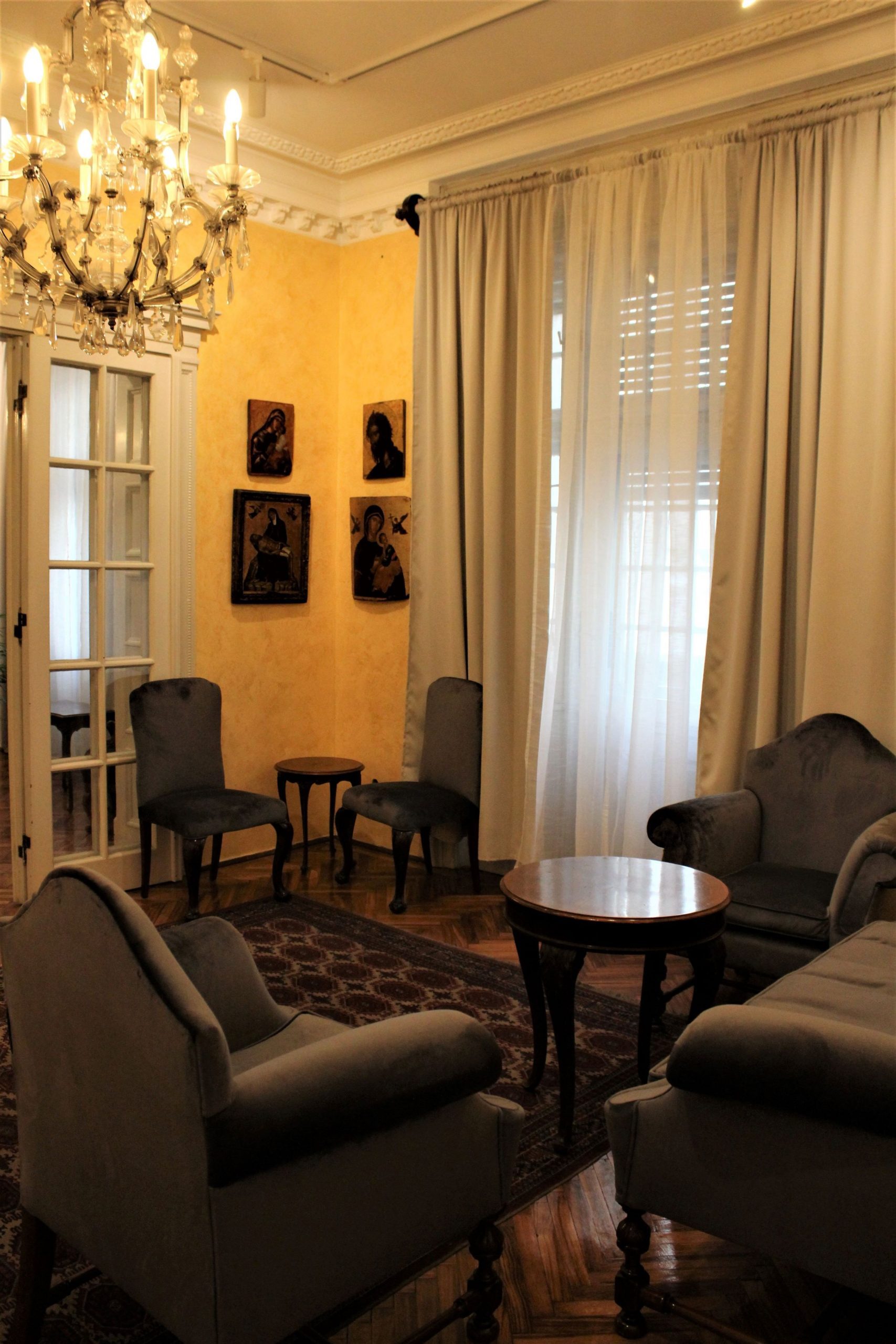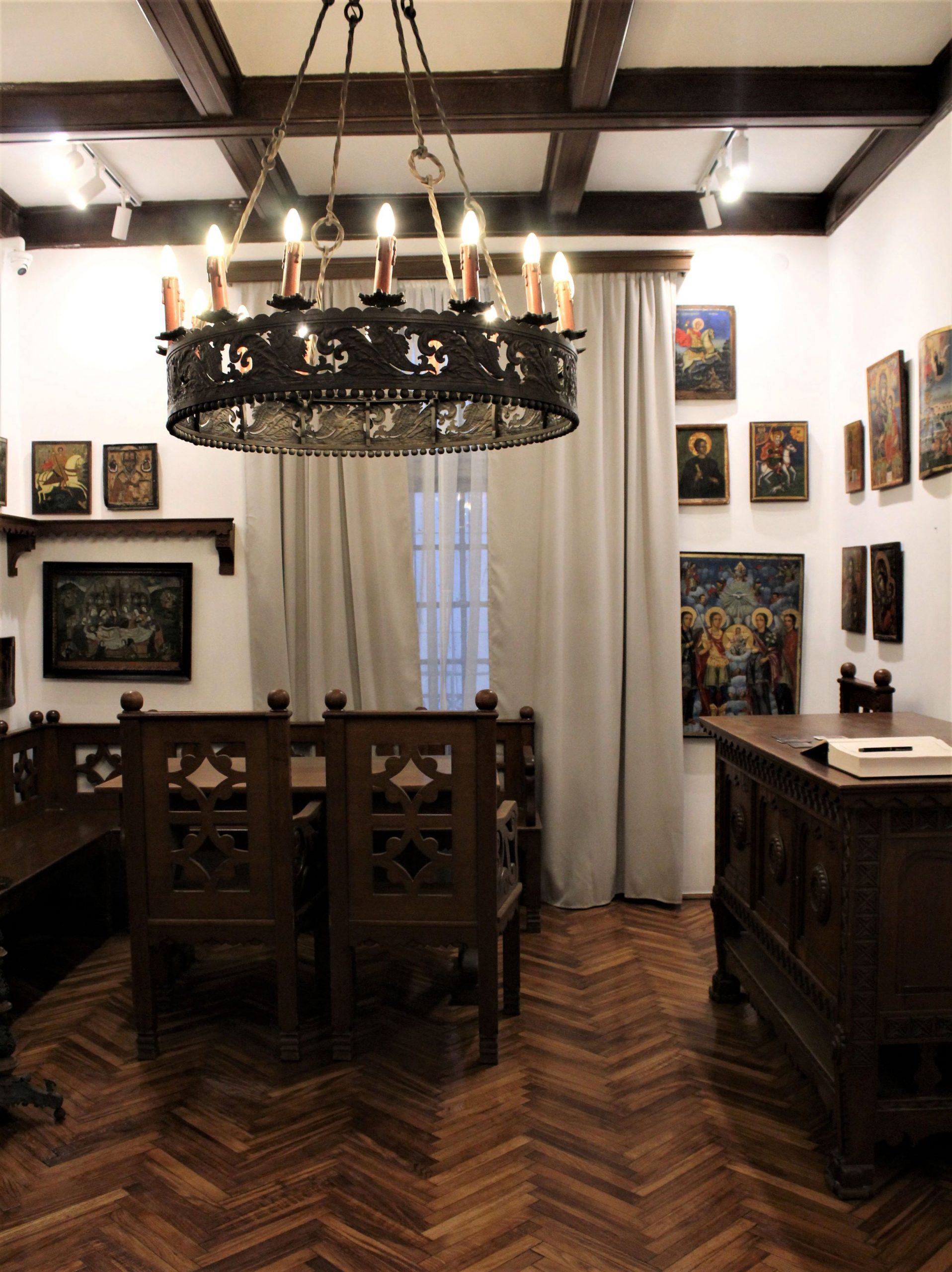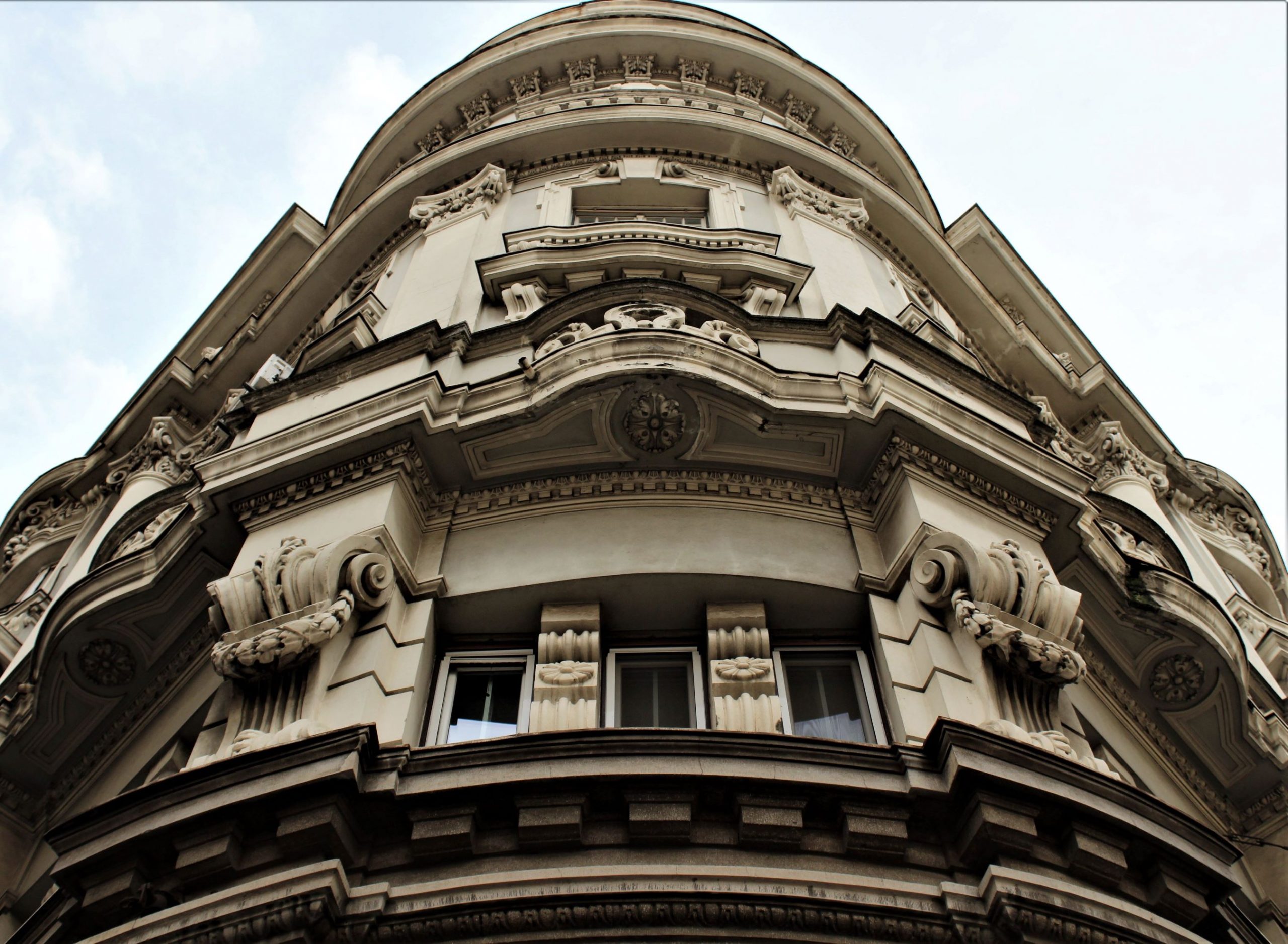The Collection of icons Sekulić was founded by Milan and his wife Pava Sekulić, who collected a valuable collection of icons and other artworks. The entire art collection was bequeathed to the Museum of the City of Belgrade. We visited their legacy at Uzun Mirkova Street, No. 5.
Milan Sekulić (Sremska Mitrovica, 1895 – 1970, Belgrade) was an architect and entrepreneur, counted among the most significant architects of the interwar period. After completing high school in Novi Sad in 1913, he studied at the Technical Faculty's Construction Department in Budapest, where he earned his architect's diploma in 1919. He lived in Belgrade from 1921 and worked in the private construction company "Pionir." There, he designed a small number of buildings, most notably the old building of the newspaper house "Politika" from 1921.
In the same year, together with architect D. Brašovan, he founded the design bureau "Arhitekt," which operated until 1924. They jointly designed and built the buildings of the Discount Bank in Nušićeva Street and Ruskog cara in Knez Mihailova, as well as the palace of the Bajić family at Uzun Mirkova 5, where he also lived. After leaving "Arhitekt," he established a private company under his own name, active until 1927. Sekulić mainly focused on the construction of industrial facilities and silos, raising over 200 structures in Belgrade, Novi Sad, Šabac, Smederevska Palanka, Smederevo, Bijeljina, and elsewhere.
In May 1947, his construction company was nationalized, and he was appointed the director of the newly established construction company "Rad." In 1948, communist authorities arrested and imprisoned him for alleged economic sabotage. He served time until 1951 when he was pardoned. In 1954, he returned to the position of the director of "Rad." He continued his career at the Institute in Vinča from 1956.
As a significant collector, Milan Sekulić, together with his wife Pava, bequeathed the entire art collection to Belgrade in 1970.
Today, this legacy houses one of the most valuable collections of icons in Serbia and the Balkans. In addition to 165 icons of Russian, Serbian, and Italo-Cretan origin, the legacy includes artworks from the 18th to the 20th century by painters such as Arsa Teodorović, Pavel Đurković, Stevan Aleksić, Franc Anton Maulberč, Jovan Bijelić, Ignjat Job, Marko Čelebonović, and others.
In addition to paintings, the legacy includes original period furniture, archaeological objects, and rare books from the 18th and 19th centuries.
The collection includes 165 icons from the 15th to the 20th century, originating from the entire Balkan region, Russia, Greece, and Italy. A significant number of icons that appeared on the market in Serbia during the interwar period were a result of a wave of Russian immigrants who migrated to Belgrade after the Russian Revolution. It was during this time that Milan Sekulić began acquiring Russian, Serbian, and Italo-Cretan icons.
A particular highlight in the Sekulić Icon Collection is the Russian room furnished in a traditional Russian style. Above the massive dining table with benches hangs a copper chandelier designed by Milan's friend and architect Dragiša Brašovan. The Russian room predominantly features Russian icons created from the 18th to the 20th century.
In the five-room apartment, the majority of the furniture has been preserved, although the bedroom has undergone partial changes. According to the painter Miodrag B. Protić, the painting "Pijana lađa" (Drunken Boat) by Sava Šumanović from 1927 was located in the bedroom. Thanks to his efforts, this painting became part of the collection of the Museum of Contemporary Art. In addition to this painting, architect Sekulić sold to the Museum of Contemporary Art the painting "Bosnian Landscape" by Jovan Bijelić and one painting by Ignjat Job. For these paintings, in addition to monetary compensation, the Sekulić family received a two-room apartment, which they used to accommodate their tenants who had moved into their apartment after World War II.
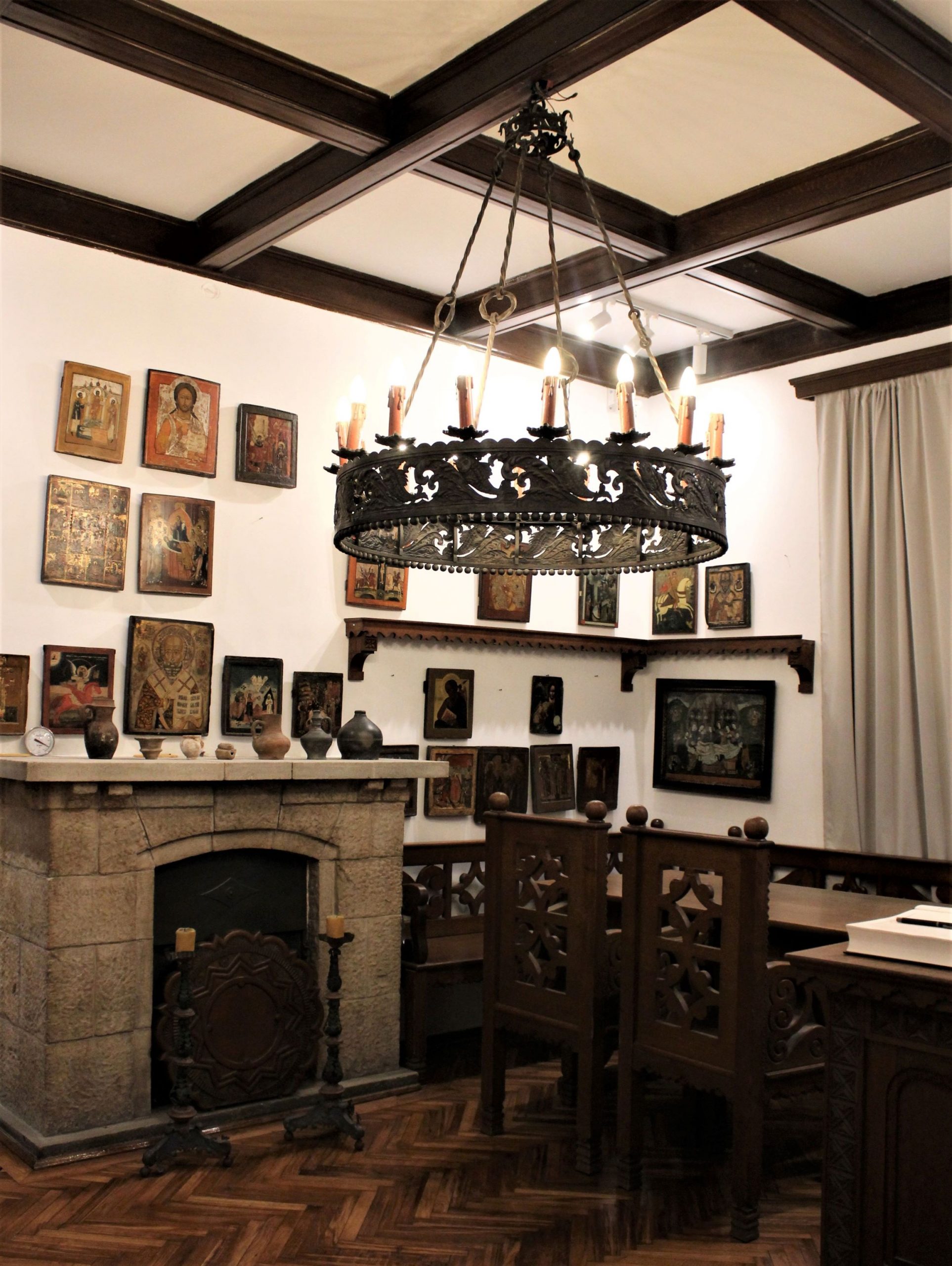
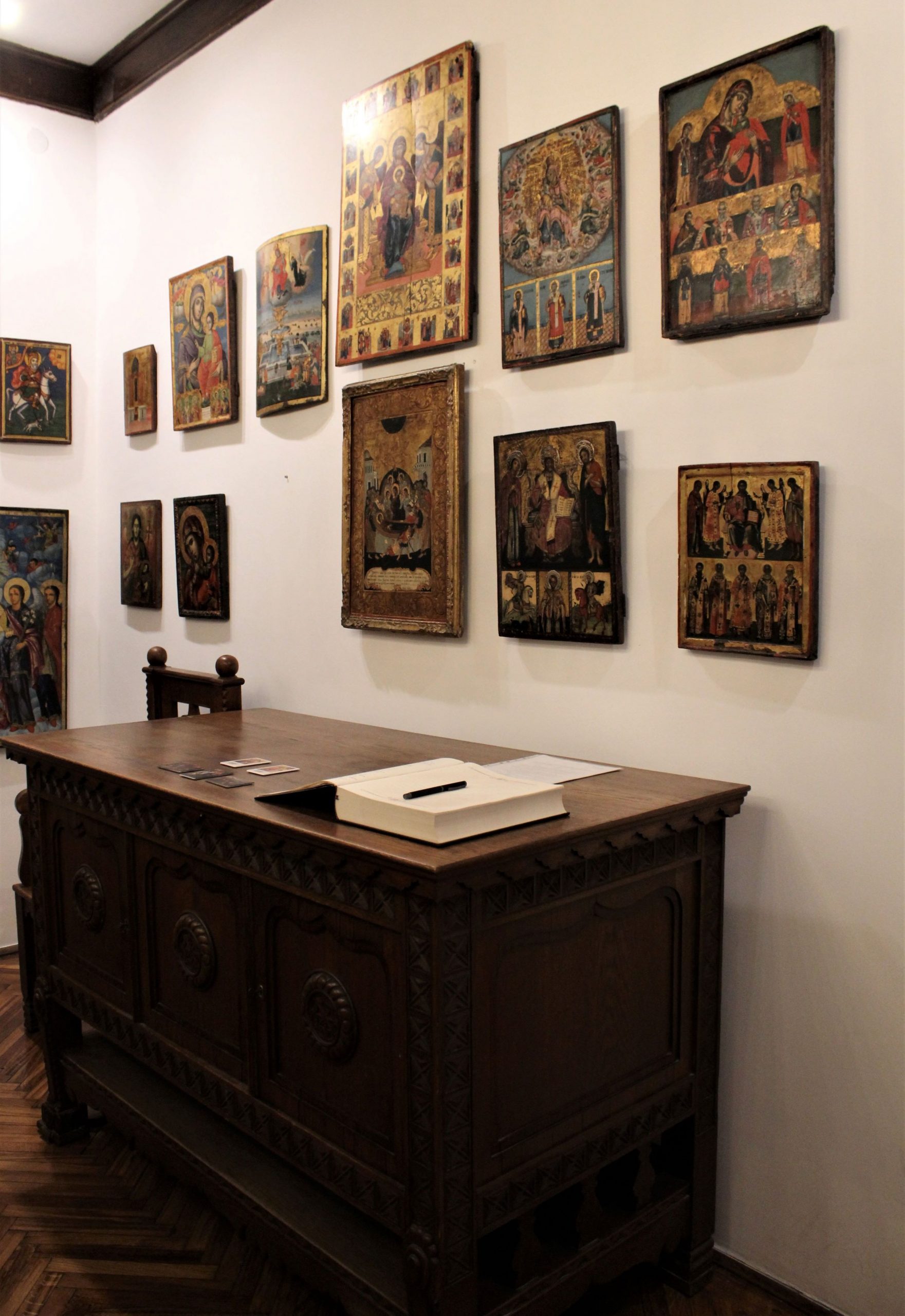
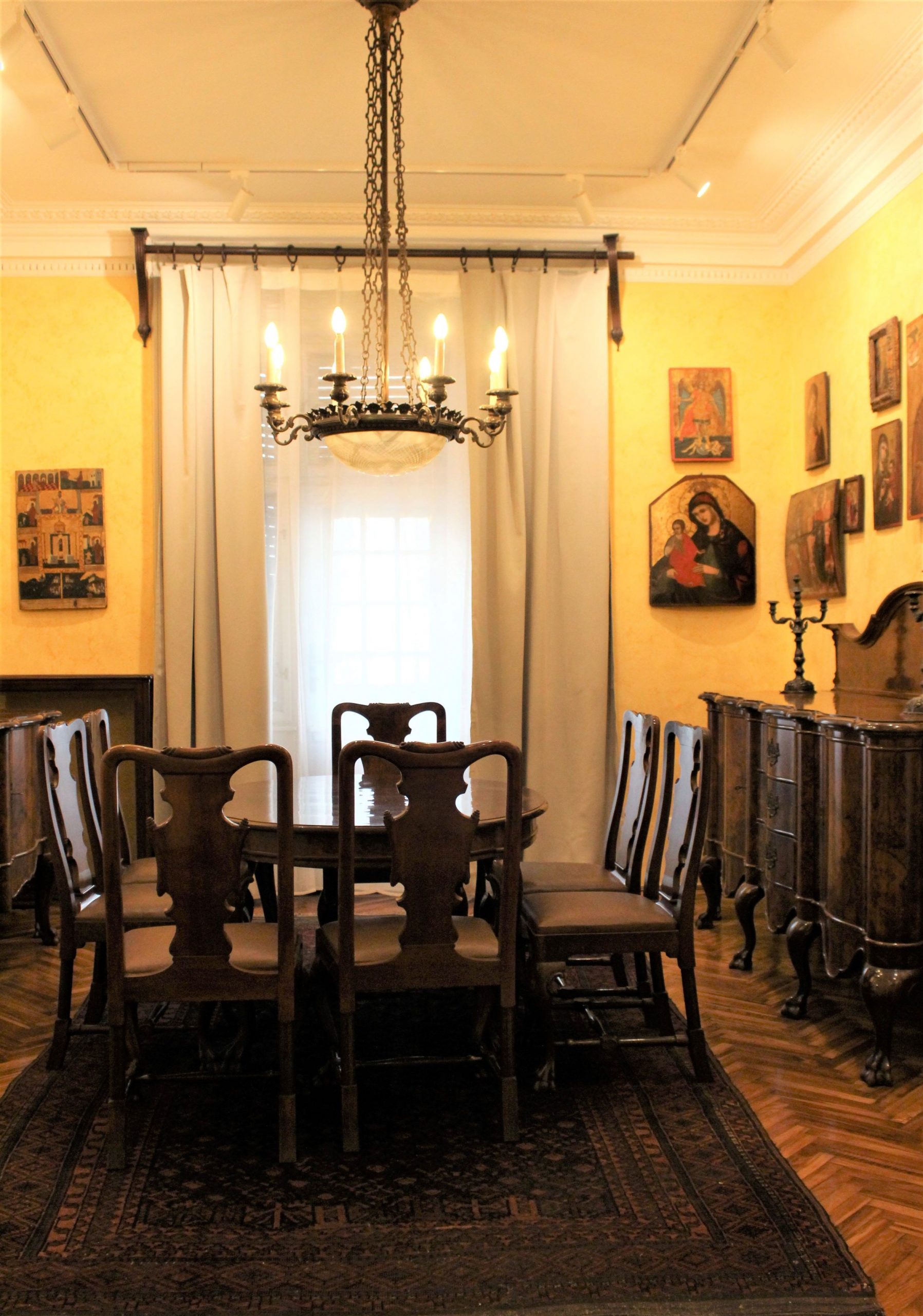
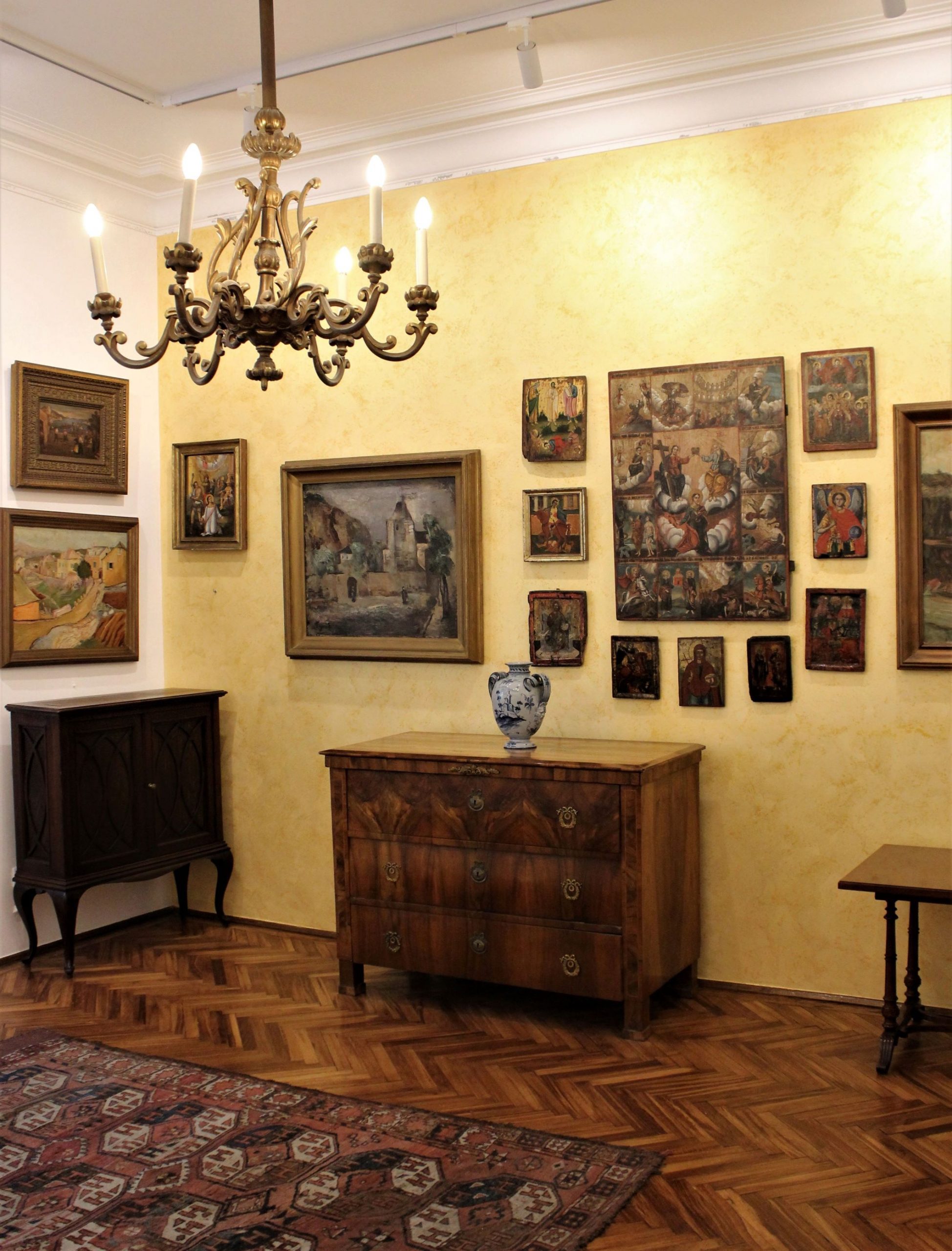
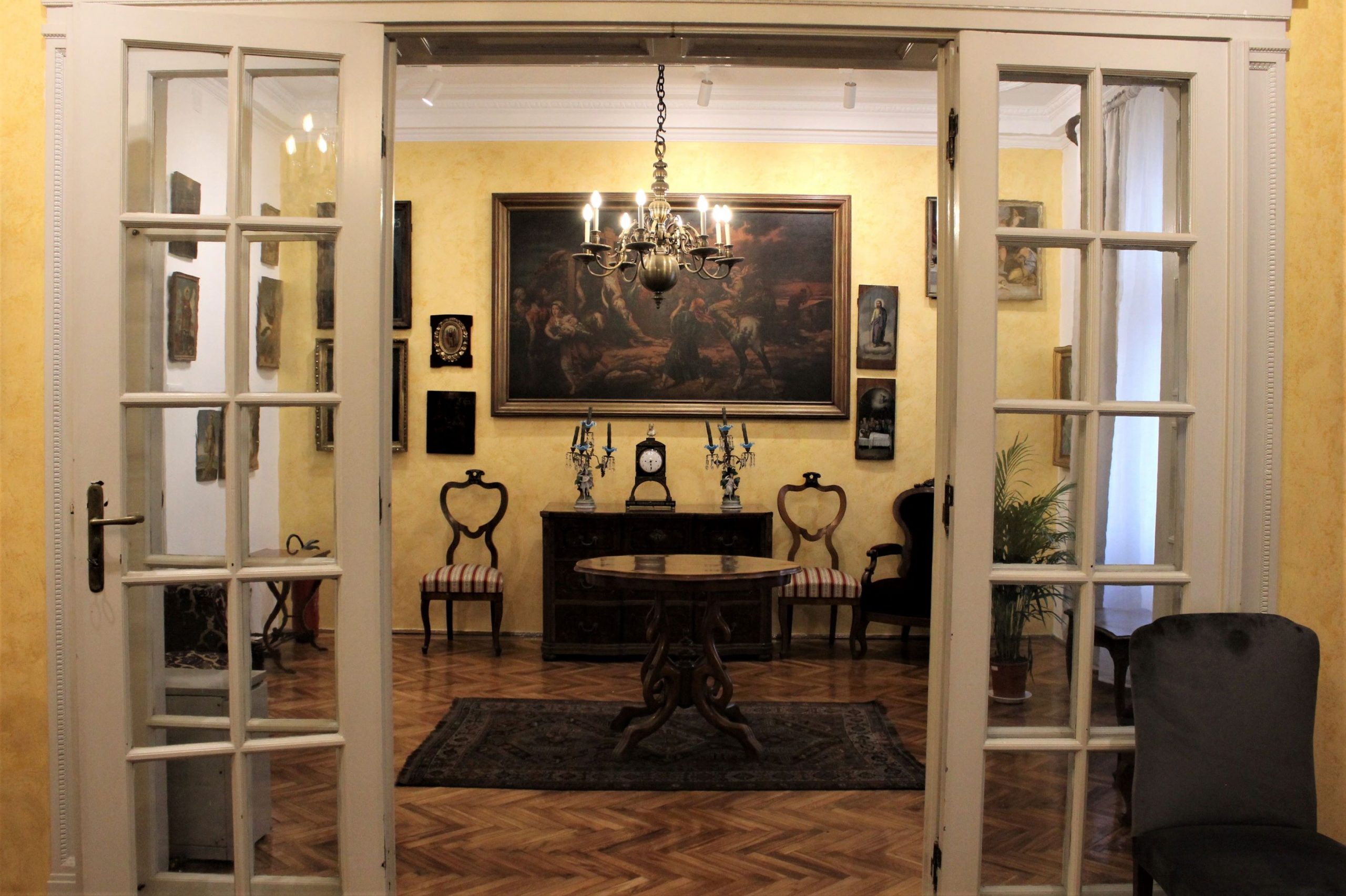
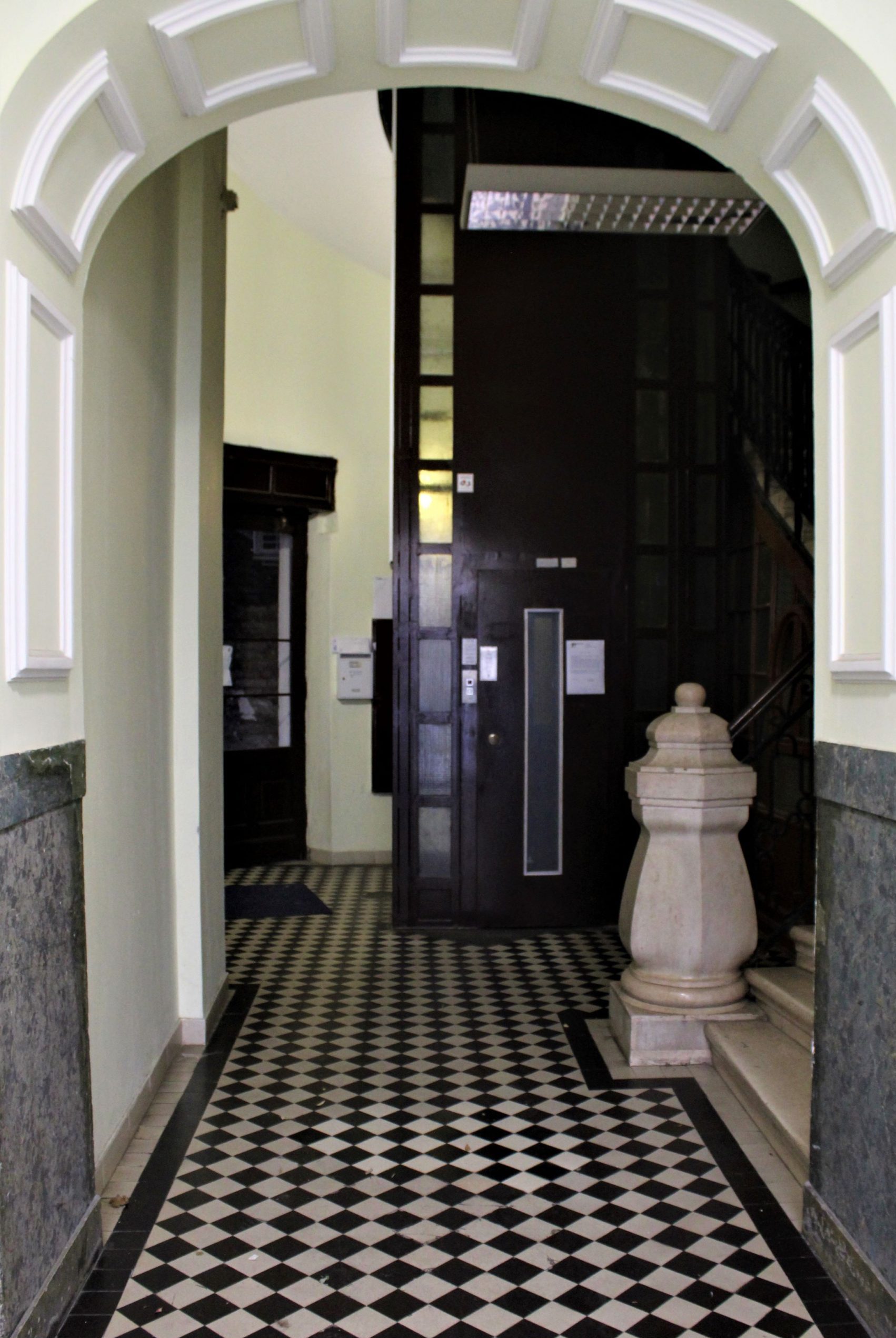
PALACE BAJIC
The Collection of icons Sekulić is housed in the interior of a spacious apartment on the first floor of Bajić Palace, where the Sekulić couple once resided.
Milan Sekulić himself designed Bajić Palace upon his return from studying architecture in Budapest, in collaboration with his godfather and friend, the renowned architect Dragiša Brašovan, in the style of academic architecture.

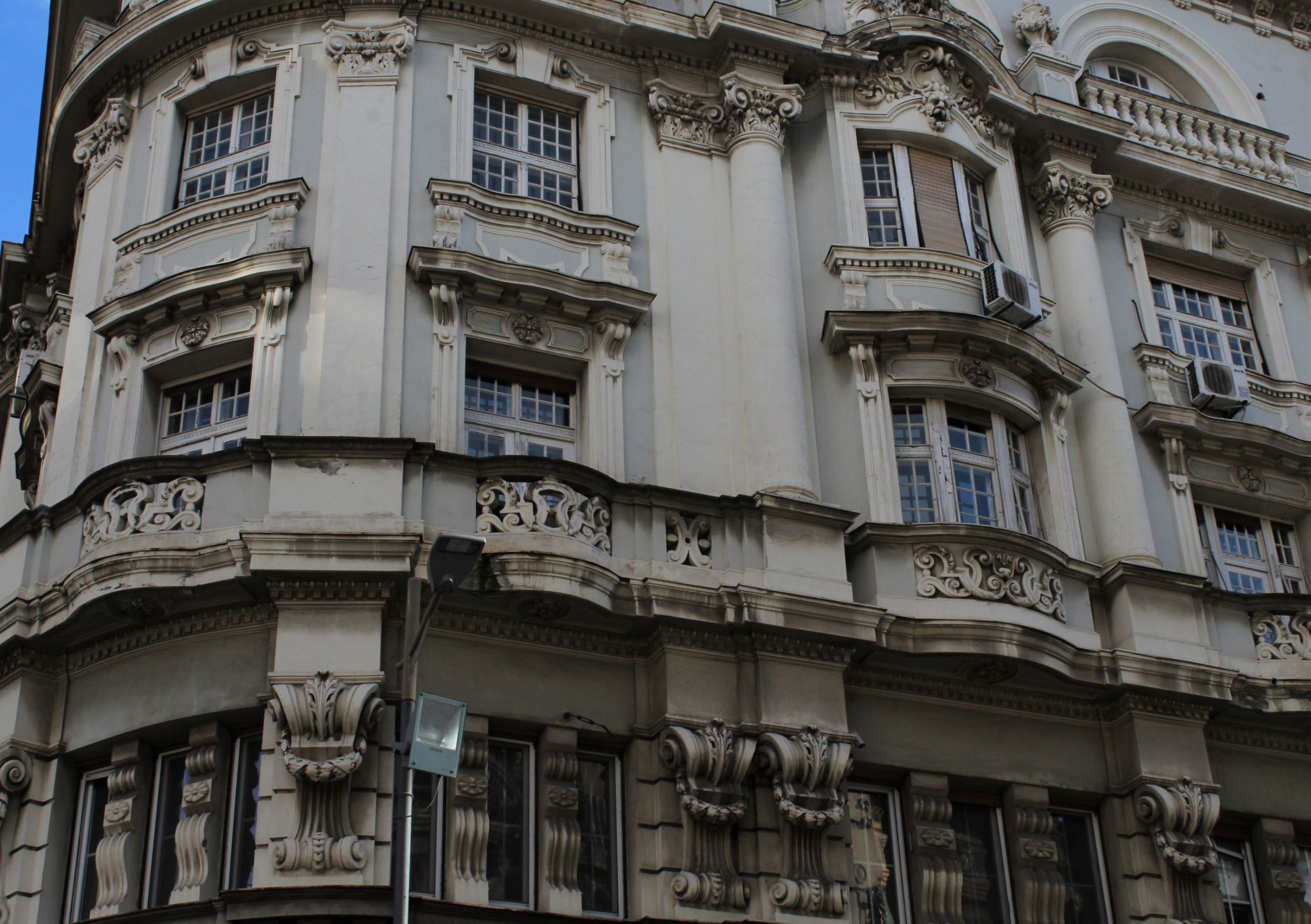
Written by Sofija Jovanović

